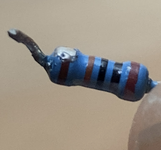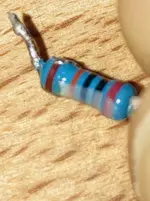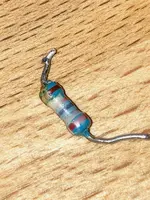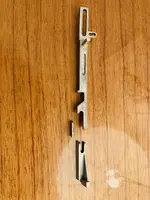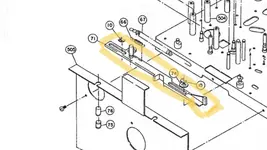F
Fte
New member
Hello,
A while ago I picked an Akai MG1214 for cheap with great working mixer section, but unfortunatelly with some other part‘s flaws that need to be repaired.
First thing I want to try is to fix is a loose resistor kind of thingy that was noodling around in the chassy (see picture below). However, the problem here is, so far I couldn‘t find it’s original location on one of the various pcb‘s. I have the service-manual and the schematics, but since I couldn’t figure out the resistor’s exact name/number/description, it’s rather impossible to find it. If anyone knows about this little thing, it’s name or about where it could possibly be located, I would be very happy. Thanks for any tips and hints
Best regards
Fte
A while ago I picked an Akai MG1214 for cheap with great working mixer section, but unfortunatelly with some other part‘s flaws that need to be repaired.
First thing I want to try is to fix is a loose resistor kind of thingy that was noodling around in the chassy (see picture below). However, the problem here is, so far I couldn‘t find it’s original location on one of the various pcb‘s. I have the service-manual and the schematics, but since I couldn’t figure out the resistor’s exact name/number/description, it’s rather impossible to find it. If anyone knows about this little thing, it’s name or about where it could possibly be located, I would be very happy. Thanks for any tips and hints

Best regards
Fte
Attachments
Last edited:

